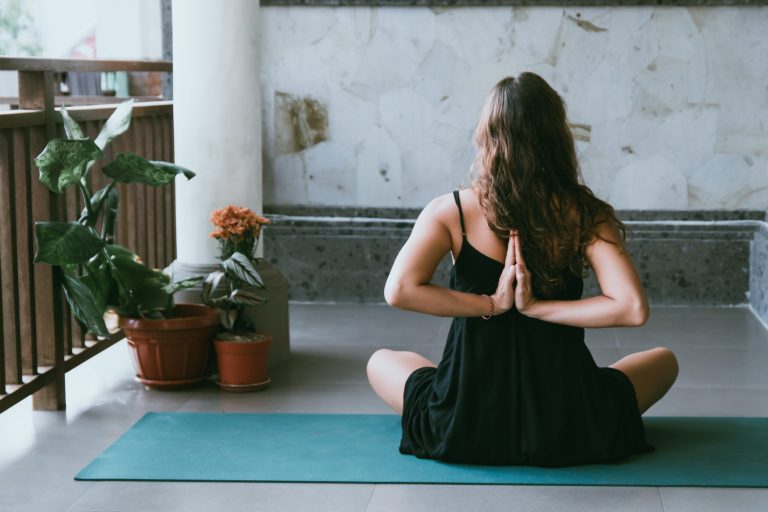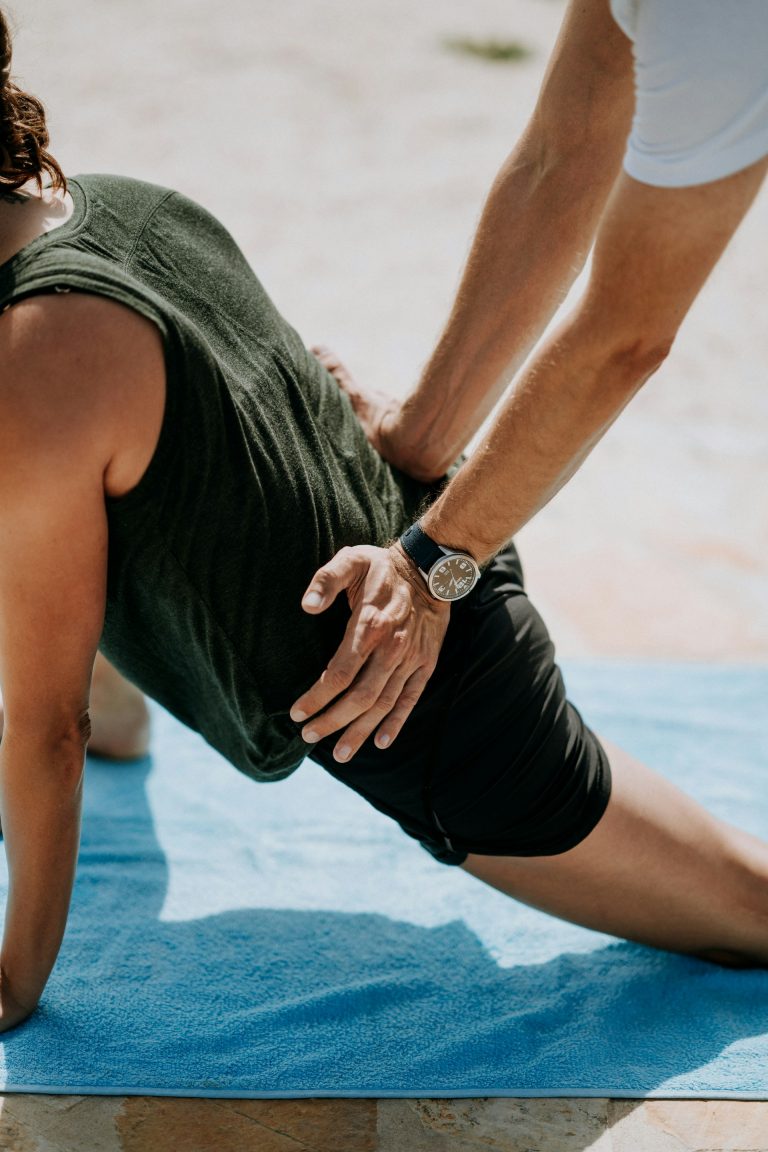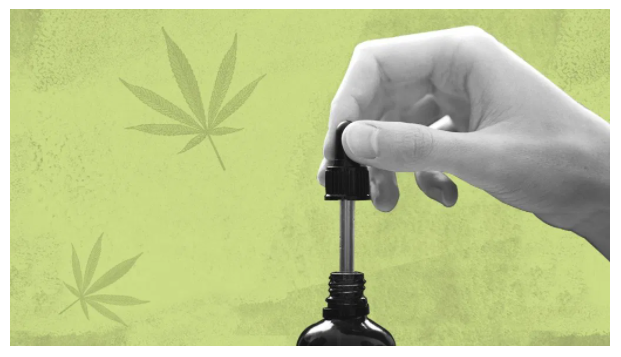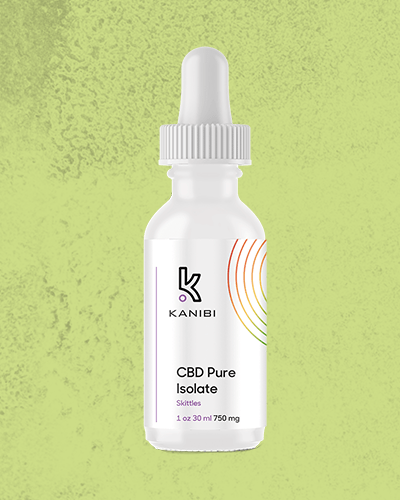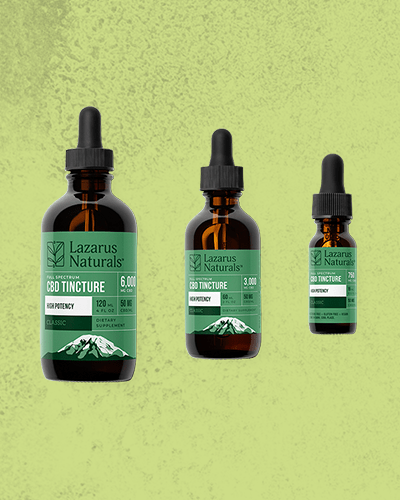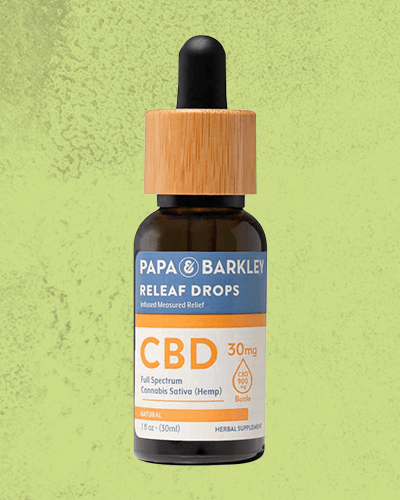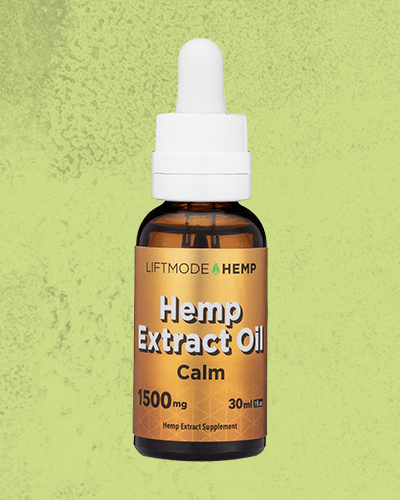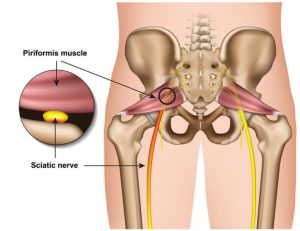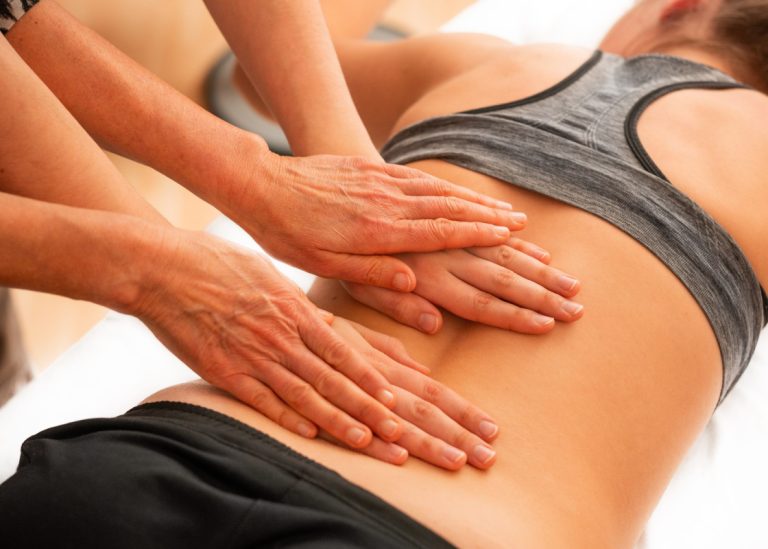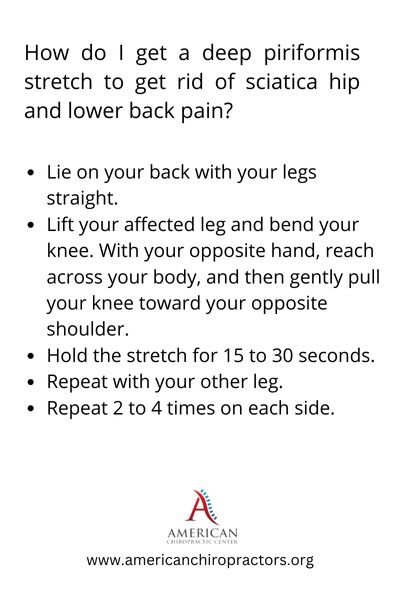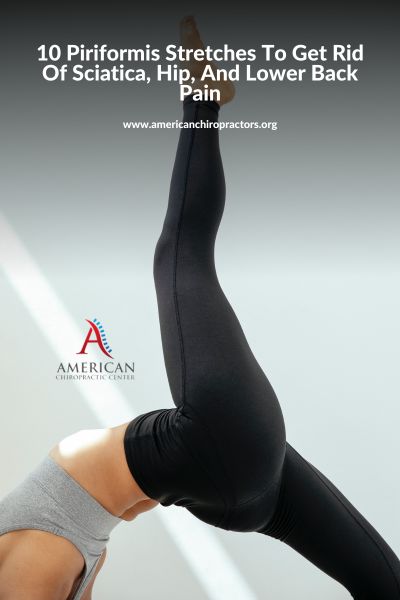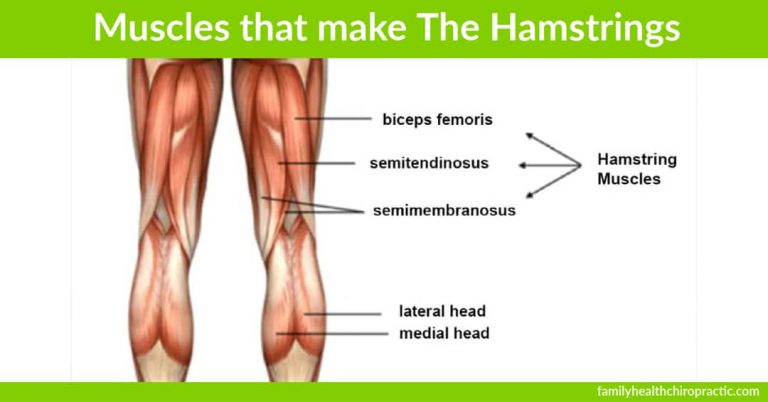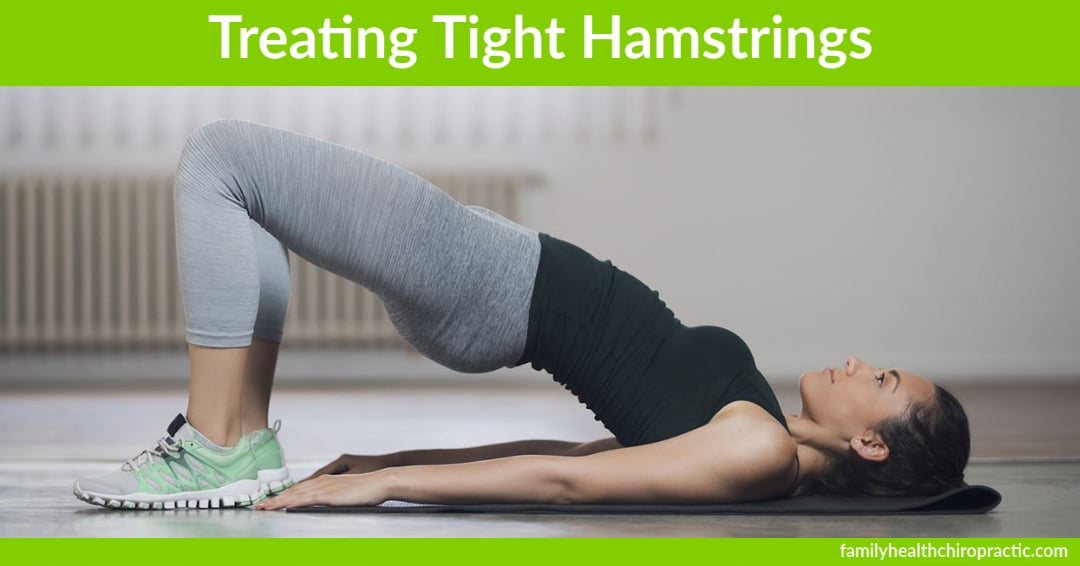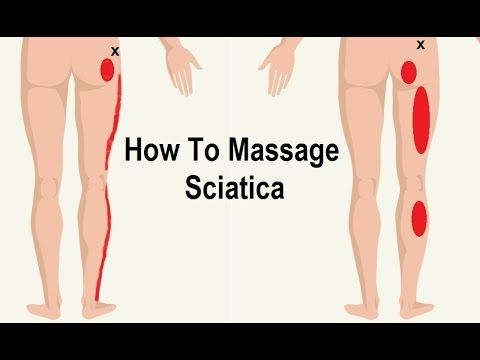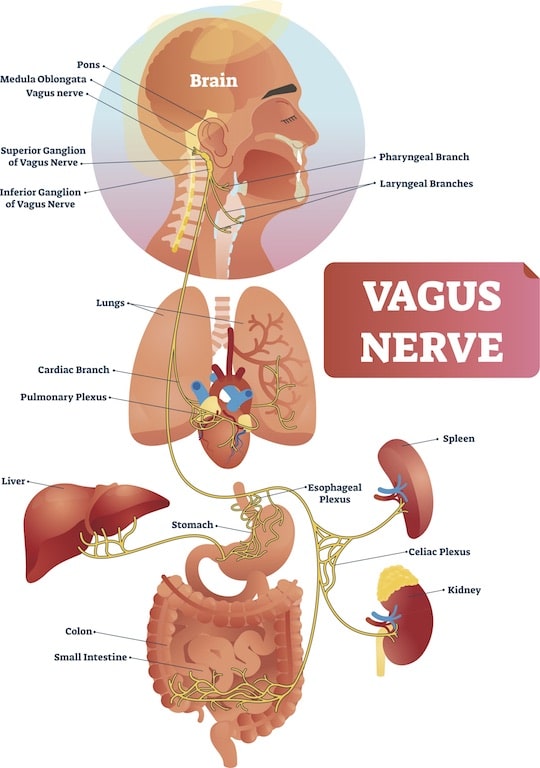Exercise is one of the most effective strategies to alleviate the symptoms of sciatica and provide pain relief. However, the manner in which you exercise is also vital. Keep in mind that not all exercise programs will benefit your illness. There are certain sciatica exercise to avoid so to not cause additional sciatic pain.
Pay attention to your body and avoid any actions that give you pain. Certain workouts, especially those that strain or put pressure on your back, core, or legs, might aggravate sciatica symptoms. While it’s critical to improve these areas’ strength and flexibility, you should do it gradually and safely.
High-impact activities might exacerbate symptoms and lead to injury. Take a break from action if you’re in a lot of pain. Inactivity or sitting for long periods of time, on the other hand, may aggravate your symptoms, so try to get some mild exercise or stretch in whenever you can.
If you have sciatica, avoid the following workouts, stretches, and activities. It’s also a good idea to remember these sciatica exercise to avoid if you have general back pain without sciatica pain.
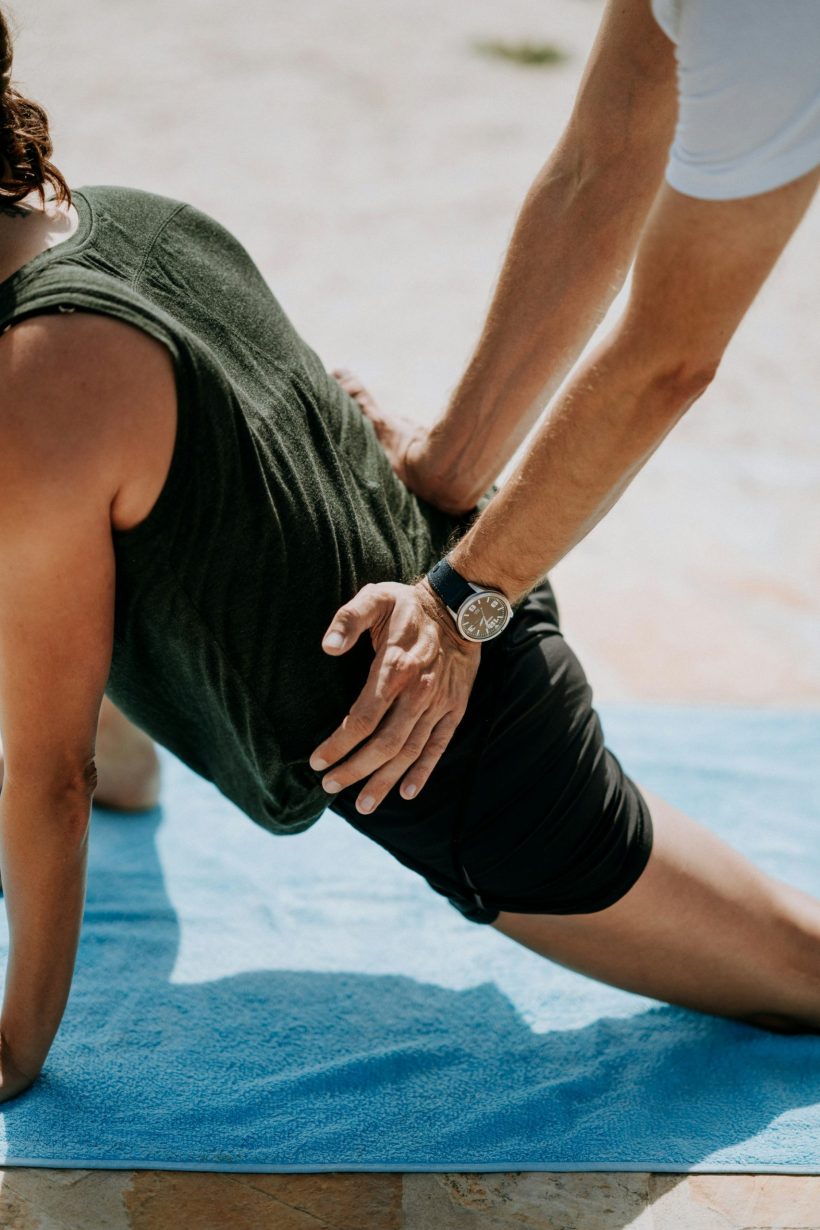
If you have sciatica pain, stay away from these exercises.
Heavy hamstring stretching
This puts extra strain on the hamstring muscles, which can have an indirect effect on the nerve, making the sciatica worse so avoid with sciatica.
Bent over row:
Herniated disc can be caused by poor posture and bent over row. You don’t want to wreak havoc on the spine or disrupt the overall structure. When you’re in this position, you’re putting a lot of pressure on your spine, which might make it worse. The root sciatic nerve may be exposed as a result of the pressure, resulting in inflammation and infection.
Sit-ups with straight legs:
These workouts can also cause irritation and numbness below the waist by disrupting the anatomy of the spinal cord. Injury that is permanent is possible so avoid with sciatica.
Stretches for the abdominal muscles:
This stance can put strain on the back bone, causing the sciatic nerves to be compressed. This is an exercise you should avoid at all costs.
Squats with full body weight:
Squats with barbells can cause harm to the lower spine by compressing nerves and intervertebral discs. It may also cause pain in the buttocks and legs. Squats with weights put more pressure on your lower back, sciatic nerve, and intervertebral herniated disc.
They can also cause pain and harm by putting strain on your legs. Instead of using weights, try them without them, keeping your core engaged and your back in a neutral position. If you experience any low back pain or tightness, come to a halt.
Deadlifts with a lot of weight:
This exercise can lead to spinal damage, which is one of the leading causes of lower back pain and sciatic pain.
Lifting weights:
Only do this if you have enough support for your lower back.
Leg Exercises:
Exercises like double leg lift, single leg lifts and leg curls should be avoided while lying down. This will put strain on your lower back and injure your spinal cord, making your sciatic nerve pain situation worse.
Standing and seated forward bends
This exercise can aggravate sciatica pain by causing tension and stress in the lower back, pelvis, and leg muscles. The sciatic nerve runs under the hamstrings, which is why it often feels like the hamstring itself that is causing the pain in sciatica.
So when you stretch in this way, it probably won’t help to alleviate the pain.
Stretching Hurdler
The back, hips, and hamstrings are all strained in this sitting spinal stretch. As you fold forward, twisting your pelvis puts greater stress on your back and the sciatic nerve pain. Don’t overdo hamstring exercises, as repeated or intense stretching can irritate your sciatic nerve.
Stick to five stretches on each side of your body. Knee to Opposite Shoulder The knee to opposite shoulder exercise is a simple stretch to relieve sciatic nerve pain. It helps by loosening gluteal and piriformis muscles, which are located deep in the buttocks. When these muscles become inflamed, they press against the sciatic nerve and cause pain and other symptoms.
Leg circles in the supine position
Leg circles are fairly simple . You just swing your leg around in a circular motion ; however, this could lead to irritation thus increasing sciatica symptoms.
As you rotate your other leg in a circular motion, this Pilates exercise stretches the hamstring. This can result in sciatic pain, irritation of the sciatic nerve, and hamstring injury.
Double leg lift
This double leg lift involves simultaneously elevating and lowering both legs, which works your abdominal muscles and leg muscles. It can increase sciatic pain, particularly if you perform it incorrectly.
Pose in a revolving triangle
This pose may cause your spine, hips, and hamstrings to overstretch, and will aggravate sciatic pain.
Burpees are a type of exercise to avoid
High-impact motions are used in this workout, which can aggravate back and hip pain. Bending forward and jumping repeatedly might increase the sciatica symptoms you are experiencing.
Cycling
Cycling, especially on a hard bike seat, can put strain on your spine and sciatic nerve. Sciatica can be aggravated by riding in a slumped or forward-leaning position, especially if your seat and handlebars are positioned properly.
Sports with a high level of effort
Any high-impact activity or contact sport that requires you to make quick movements or puts stress on your body should be avoided. Basketball, soccer, tennis, volleyball, running, and HIIT workouts are all examples of this and can make pain worse.
If I have sciatic pain, what activities should I avoid?
Touching your toes and other classic lower-body exercises may, without a doubt, be beneficial in preventing back problems. After all, maintaining lower-back flexibility can help you stay limber so you can conduct core-strengthening exercises.
As a result, strengthening your supporting muscles can reduce the likelihood of nerve compression around the gluteal and piriformis muscles.
However, many of these so-called sciatica gym exercises can actually do more harm than good as therapies for pre-existing conditions. Flexibility is like bending forward in the back to reach your toes. Bulging or herniated disks are frequently aggravated by this stretching motion. To avoid sciatica pain, consult your doctor or physical therapist about stretching exercises.
The following physical activities should be avoided:
Sports that are “twisty” should be avoided.
Jobs or sports that force you to rotate your torso are more likely to cause or aggravate sciatica. When it comes to workouts or hobbies that include twisting movements, be cautious.
Soccer and ice hockey, as well as tennis, basketball, and paddleboarding, are examples of repetitive twisting exercises to avoid sciatica discomfort. Swinging your body to strengthen the obliques may also need to be avoided.
You might find that the type of twisting required by your favorite pastime does not bother your sciatica. If this is the case, your doctor may give your workouts the green light. However, if you have twinges or numbness as a result of these exercises, you should cease doing them.
Sitting for extended periods of time should be avoided.
Long periods of sitting, according to the Cleveland Clinic, might aggravate sciatica. Perhaps it’s time to reconsider that long canoe or kayak expedition. Both demand a long amount of sitting, with the possibility of not being able to stretch your legs by pulling to the shore.
If you pedal, keep in mind that some people with sciatica find it difficult to sit for lengthy periods of time on a bicycle. Breaks should be taken frequently. Consider having your seat properly adjusted, as well as pedaling your back off the seat on occasion.
Lifting Weights Should Be Done With Caution
Because herniated disks are a common cause of sciatic discomfort, movements that aggravate the spine are definitely among the sciatic exercises to avoid. Although strong core muscles can assist prevent nerve compression and other causes of sciatica, deadlifts can actually make the disease worse.
Lifting big weights puts stress on your back since you have to bend your waist to raise them, according to the American Council for Exercise. Furthermore, several of the recommended gym workouts for sciatica actually increase body tiredness, which leads to incorrect lifting – worsening existing back problems.
Pay Attention to Your Body
Sciatica affects people in different ways. It can be felt as numbness rather than severe pain in some persons. It might affect your calf and thigh muscles, as well as your buttocks and lower back. Much of this diversity is due to the underlying reason of each patient’s sciatica.
According to a 2018 textbook chapter released by the US National Library of Medicine, technically different illnesses such as piriformis syndrome can either directly impact the sciatic nerve or mimic the symptoms.
Because it’s difficult to forecast where sciatica will strike, it’s also difficult to forecast which movements will produce flare-ups. The best course of action is to quit doing any exercise that causes numbness or pain.
That doesn’t mean, for example, that you’ll never be able to play tennis again. However, it does suggest that training with a physical therapist to improve strength and stamina is a good place to start.
RISK FACTORS IN DEVELOPING SCIATICA
Sciatica affects some people more than others, as it does with many other bodily problems. If you fall into a few of these categories, you might be at a higher risk.
Age is a factor.
As we become older, we develop a slew of new aches and tingles all over our bodies. It’s just a natural component of the aging process. Herniated discs, a common cause of sciatica, are more likely as we age due to changes in the spine.
Diabetes is a disease that affects people
Diabetes is a disorder in which your body’s response to blood sugar levels causes nerve damage. Diabetes can increase your risk of sciatica because it is caused by problems with the sciatic nerve.
Obesity is a problem that affects many people.
Because of the sciatic nerve’s connection to the spine, the more pressure on the spine, the more likely you are to experience sciatica pain. Obese people put a lot more strain on their spine than those who are physically fit.
Sitting For Extended Time
If you work in an office or spend a lot of time sitting, you may be more susceptible to sciatica. This is due to the strain on the spine, as well as the likelihood of bad posture.
WHY IS AIDED STRETCHING THE BEST WAY TO GO?
The nicest part about assisted stretching is that your stretch therapist does all of the work. They’ve got you covered on everything from what stretches you need to how many times you should do them. They even help you stretch, as the name implies, so there’s less risk of pinching a nerve or pushing your body beyond its limitations.
Furthermore, if you’re suffering from sciatica pain, it’s critical not to exasperate the situation. Many stretches can make you feel much better, but they can also have the reverse impact. Seeing a professional for medical advice can make all the difference and you may find they can provide some pain relief.
FACTS ABOUT SCIATICA THAT YOU SHOULD KNOW
Numerous people are unaware of many facts about sciatica. Apart from the sciatica exercises to avoid, here are a few intriguing facts:
- Stretching and exercising is preferable to merely resting.
- Other disorders, such as a shattered hip or pelvic muscle spasm, might cause similar symptoms.
- Sciatica affects men three times more than it does women.
- Sciatica can be avoided by maintaining excellent posture.
Conclusion around sciatica exercise to avoid
If you suffer from sciatica, it’s important to be mindful of the types of sciatica exercises that will aggravate your symptoms. For example, a hard workout with intense stretching or weightlifting could make things worse for someone who is already suffering and need pain relief.
This article has outlined specific workouts and poses that may not work well for those with sciatica. Have you tried any of these? What were your results? Share them in the comments below!
lumber spine stenosis, straight legged sit ups, sciatica stretches, left shoulder, hamstring suddenly, seated hamstring stretch, hamstring stretch, abdominal stretches, avoid with sciatica, standing hamstring stretch, disc bulge worse, professional medical advice, poor form can cause piriformis muscles to ache when they are used in improper form, correct posture, single leg lift, starting position, right leg,
 (Image credit: Elly Fairtyale / Pexels)
(Image credit: Elly Fairtyale / Pexels) (Photo credit: Katee Lue / Unsplash)
(Photo credit: Katee Lue / Unsplash) (Photo credit: Márton Szalai / Unsplash)
(Photo credit: Márton Szalai / Unsplash) (Photo credit: Katee Lue / Unsplash)
(Photo credit: Katee Lue / Unsplash) (Photo credit: Erik Brolin / Unsplash)
(Photo credit: Erik Brolin / Unsplash) (Photo credit: Marta Wave / Unsplash)
(Photo credit: Marta Wave / Unsplash) (Photo credit: Alexy Almond / Pexels)
(Photo credit: Alexy Almond / Pexels)
